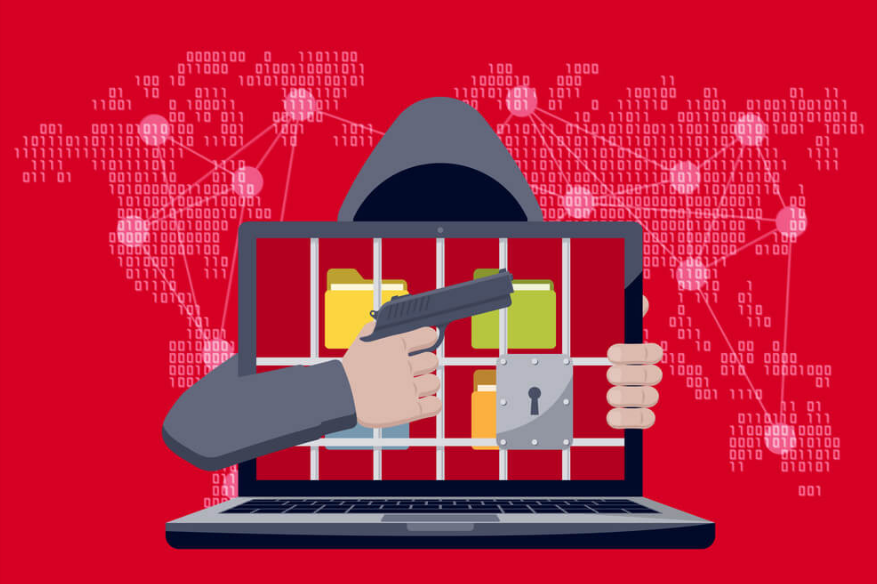7 Ransomware Protection Tips to Help You Secure Data in 2024

There were 2690 reports of ransomware attacks in 2023, which was a 97.1% increase on 2022 levels. Ransomware is malicious software that infects a personal or organizational computer and then holds information for ransom until the affected party pays some money.
Ransomware cost businesses and individuals $18 billion in 2020, with the average sum paid totaling $220,298 in the first quarter of 2021. Finance and banking institutions are most vulnerable to ransomware attacks. They are followed closely by utility companies and retail organizations. Educational institutions and small businesses are next on the list.
A ransomware attack has several effects on the affected parties. In addition to financial losses, the parties experienced reduced productivity, data loss and breaches, and other disruptive changes. Fortunately, there are several steps that organizations and individuals can take to prevent ransomware attacks.
Below are Seven ransomware protection tips to help you secure data in 2024;
#1 Do not open suspicious attachments
That nice-sounding email promising you holiday/bonus/free cash if you open an attachment is a scam. Opening it could open a gateway to attacks that steal and compromise your data. It may then take years and large amounts of finances to get your data back. Even if the attachment is from a trusted source, ensure that you run it through anti-phishing software before opening it.
#2 Backup your data
A ransomware attack could lock you out of your computer for days or even months as you work to resolve the issue. You could find yourself unable to access important information, passwords, and others. Regularly backing up your data will ensure that you can gain access to your data when you need it.
The best ways to back up your data are through the cloud or on an external hard drive where attackers cannot access it. This will help you access your data if it is attacked and avoid paying a ransom to get it back.
#3 Enable multi-factor authentication
If you have ever had to sign in to your email and then insert a code sent to your phone to verify your identity, you are already familiar with multi-factor authentication.
Multifactor authentication is a verification method that requires a user to go through two or more steps to access sensitive information. An example of this is entering your email password, inputting the code sent to your phone, and finally using fingerprint verification.
#4 Switch off wireless connections when they are not in use
Cybercriminals have become so sophisticated that they can access your information through your WIFI, Bluetooth, and hotspots. In addition to securing these by using a strong password, ensure that you switch them off when they are not in use.
#5 Make use of windows firewall
Windows firewall protects your computer from malicious attacks by controlling who has access to your network. It also blocks traffic from incoming and outgoing connections. Ensure that your windows firewall is working by configuring it regularly.
Windows firewall prevents backdoor access, remote login hijacking, email abuse, source routing and other threats to your computer. By monitoring the traffic to, and from your computer, firewalls keep out threats and enhance your network’s protection.
#6 Use strong spam filters
There are tools available to help you stop phishing emails from reaching users in your network. Use technologies like DomainKeys Identified Email and Sender Protection Framework (SPF) to prevent cybercriminals from gaining access to your email and networks.
#7 Use strong and unique passwords
Practice password best practice by keeping your passwords unique and hard to guess. In addition, avoid using variations of one password as this can leave you open to attack if one of them is compromised.
Conclusion
Ransomware attacks will continue to grow as cybercriminals become more sophisticated and daring. One ransomware attack can compromise sensitive information and force you to pay unscrupulous parties to get it back. Taking steps to protect your data will help you reduce ransomware attacks and keep cybercriminals out for good.